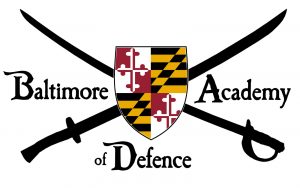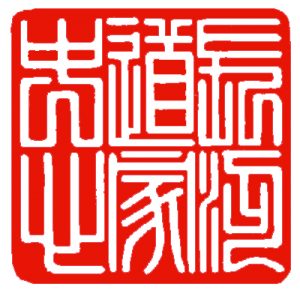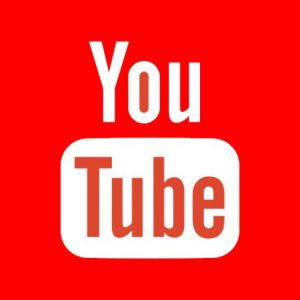
Liú Diànchēn Demonstrates Xingyi Qiāng c.1920
The art of fighting with the spear or Qiāng (槍) provides the foundation for the methods of Xíngyìquán. One of the oldest and most respected of the ancient weapons, it is traditionally known as the “King of All Weapons.” for its versatility and power.

Traditional Spear Construction:
The Shaft
A traditional Chinese spear or Qiāng is typically attached to a hardwood shaft approximately ~ 6 – 15′+ long and ~ 1.25 – 1.75″ in diameter.
Spears intended for civilian or solo use are generally shorter (~6 – 8′) while longer 12’+ spears were commonly employed like pikes in group formations. The Qing lùyíng (綠營) ‘Green Standard Army’ commonly employed spears measuring 15’+.
Longer spears are also traditionally used in Xingyiquan for power and strength training.
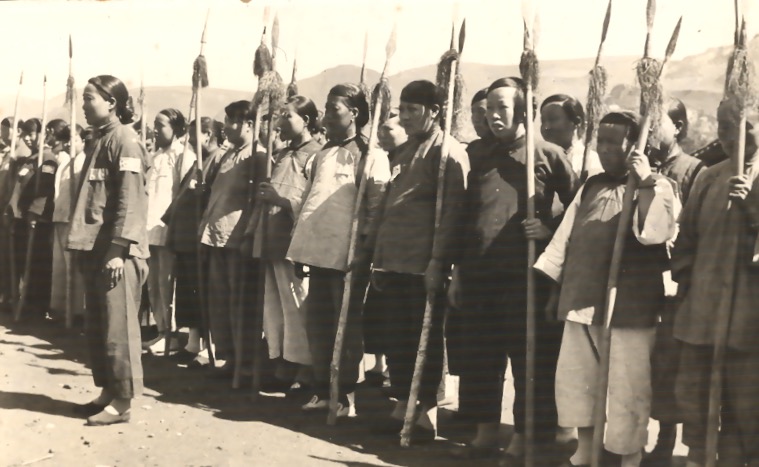
Spear shafts were most often fashioned from a strong, flexible hardwood like Ash or Hickory. Generally they were left unfinished, occasionally however they were finished, wrapped in Birch bark, or lacquered like those used by the Green Standard Army, which were lacquered vermilion in a tradition inherited from the Ming dynasty.
Occasionally spear shafts were made from other types of wood including White Waxwood, or joined bamboo strips which would then be wrapped with Birch bark or lacquered.
Waxwood has become the most common choice for training in the modern era as its flexibility provides a pleasing esthetic in performance, and can offer a useful type of feedback in training, however it is not particularly strong, and there appears to be little precedent for its use in actual combat.
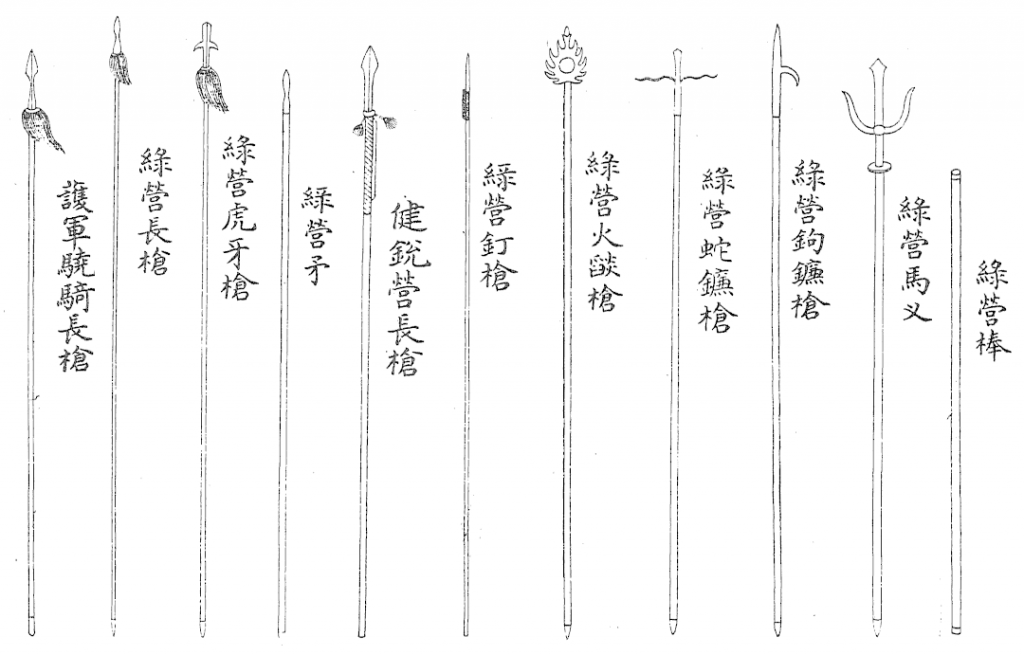
Illustration of spears & pole arms from the Qing Huángcháo Lǐ Qì Tú Shì – Wǔbèi (皇朝礼器图式 – 武备), published 1766.
The Point
Spear heads can vary considerably in size, weight and appearance, however most spear points typically measure between ~ 7 – 14″ with the collar adding an additional ~ 6 – 10″ to the overall length.
While most traditional Chinese spears are relatively simple, numerous variations exist including those featuring blades, hooks, additional points, various forms of stopper to keep the opponent at distance, and in the case of the ‘Nail Spear’ an additional sharp edge set into the shaft to prevent the enemy from grabbing it.

Former Dzungar Ayusi who defected to the Qing was known as an unrivaled spearman, depicted here with chain mail, bow, dao (sabre) & ‘Nail Spear’.
Additional Features
To provide a counterbalance to the weight of the spearhead, a spiked steel end cap or ferrule may frequently be found on the butt end of many longer spears. Alternatively, the weight may be balanced by tapering the spear shaft from approximately ~1.5 – 1.75″ wide at the base, to about 1″ where the spear point is attached.
Unfortunately very few surviving antique spears which retain their original spiked end caps have survived, however they can be seen clearly in period illustrations including in the Huángcháo Lǐ Qì Tú Shì – Wǔbèi which lists them varying between 4 – 6″ in length.
Red yak or horse hair plumes are a common but not universal feature found on many Chinese spears, and were frequently employed by the Ming, and Qing military among others.
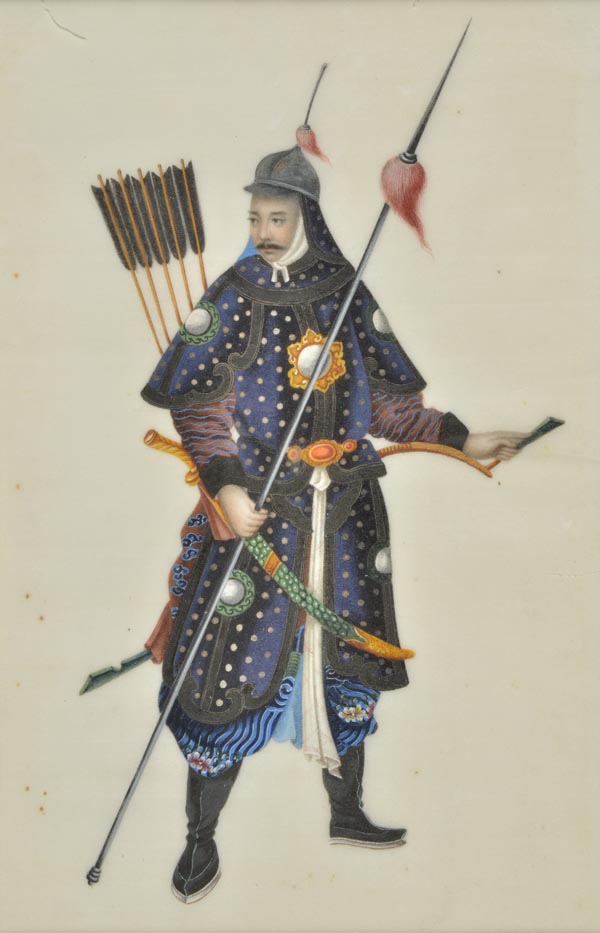
Qing Dynasty Manchu spearman of the ‘Eight Banners Army’
